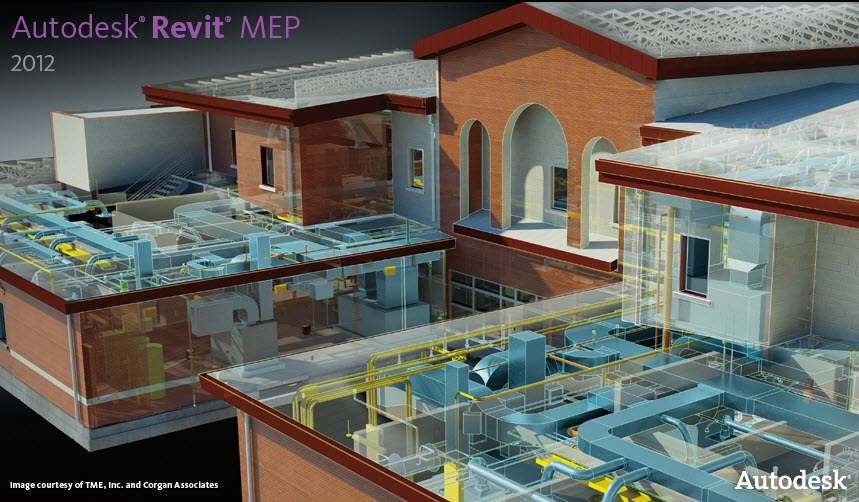
Effortlessly Links BIM to Success Estimator
Success Design Exchange leverages the power of both Success Estimator and Autodesk’s Revit 3D Modeling to create highly accurate estimates with the click of the mouse.
When a project model is ready to be transferred to estimating, Success Design Exchange presents users with a listing of all Revit Items contained in the model. Users can then link or map these generic items to any number of client specific or commercial cost databases. These databases can contain individual cost items or assemblies complete with labor, equipment, and material costs. Once an item has been mapped in Success Design Exchange, that map will remain in place for future projects utilizing the same item. In other words, each additional project you run through design Exchange will require less mapping than the previous project.
When the mapping is complete, Success Design Exchange pushes the information to Success Estimator where a robust estimate, complete with all quantities and costs, is generated. Users can then modify productivity factors, markups, tax rates, or any adjustments necessary to produce a highly accurate estimate.
Features:
- Configurable Cost Mappings
- Flexible application allows CAD objects to be mapped against any combination of commercial or custom cost libraries
- Accelerated Estimate Creation
- Instant creation of estimate structure, quantities and cost from CAD model.
- Instantaneous Transfer of Costs and Quantities
- Data exchange occurs instantly with a simple, powerful interface.
- Out-of-the-Box, Seamless Integration
- Transfer data between model and estimate with minimal setup.
- Design and Estimate Synchronization
- Give project teams the power to effortlessly predict changes in real time.
- Best of Breed Development
- Developed in conjunction with industry leader, fully integrated with AutoDesk Revit. Allowing estimating and modeling tools to focus on core capabilities.

Powerful, Flexible Cost Estimating
Since 1991 Success Estimator has been used by architects, engineers, construction managers, owners and government agencies worldwide. Its unparalleled combination of off-the-shelf estimating functionality and customization capability make it the ideal solution for any organization with unique estimating requirements. From user-defined parametric cost models to detailed “bottom-up” estimates, Success Estimator’s ability to conform to your companies methods & procedures is simply unmatched.
Features and Benefits
LOOK-UP TOOL New!
Easily search among thousands of cost items or assemblies using partial text based descriptions in seconds. The user is also given the unit cost information for the item / assembly and can also quantify it prior to adding it to the project.
CITY INDEX TOOL New!
Increase the accuracy of your R.S. Means based projects by instantly applying the Means city index factors based on state, city and zipcode. Adjust labor, equipment and material costs for all line items.
PARAMETRIC COST MODELS
Success Estimator’s powerful modeling capabilities allow companies to use their own specific legacy data and engineering algorithms to develop meaningful, accurate cost models. As more information becomes available, information in the model can be adjusted at a very detailed level, taking the estimate from feasibility to 100% completion.
CENTRALIZED COST DATA
Use R.S. Means, Richardsons and your company’s legacy cost data individually or in combination on any estimate thereby insuring the most accurate and up-to-date information is being used.
ASSEMBLIES
Generate estimates faster than ever before by utilizing one of the many R.S. Means Assemblies libraries or build unique custom assemblies with your company’s legacy cost information.
ESTIMATE ANALYSIS
Compare actuals to estimates, variances across multiple projects or cost trends on commodities by using one of the numerous macros shipped as part of Success Estimator. Use the Success Estimator Visual Basic programming language to write custom macros directly in the base application.
CONNECTIVITY
Seamlessly integrate Success Estimator as part of your overall cost controls program. Shipped as part of the base application, Automation Tool allows integration and interoperability with other enterprise applications such as CAD, Accounting, Project Management, Inventory Management and various SQL databases.
SCHEDULE EXCHANGE
Schedule Exchange provides the enterprise with a flexible data
exchange engine allowing for the seamless synchronization of your Primavera® Schedule and your Success Estimator estimate, not only saving time, but increasing the efficiency of both applications.
SUPERIOR SUPPORT & SERVICES
Every Success Estimator sale is backed by the cost professionals at U.S. COST. For over 20 years our team of estimators, engineers, developers and analyst have provided exceptional professional services supporting our clients throughout the entire estimating process.
PUBLISH ESTIMATES TO SUCCESS ENTERPRISE
Combine Success Estimator & Success Enterprise to form a powerful, global estimating suite. Enable all estimating stake holders to have access to the entire estimating enterprise via any internet-connected computer.
